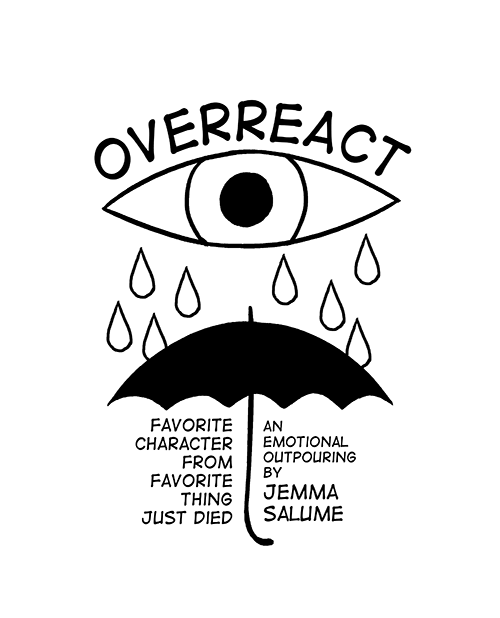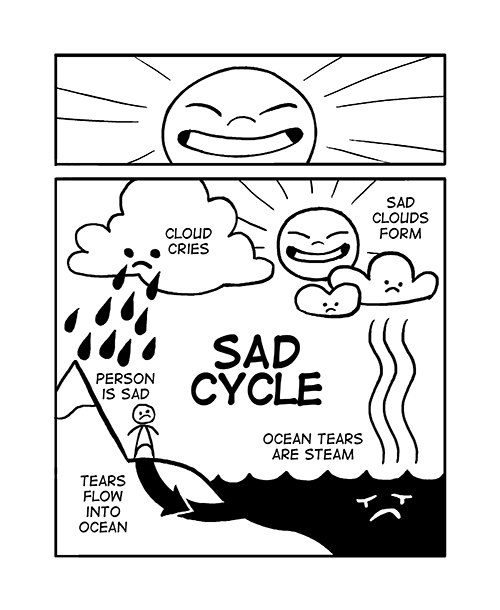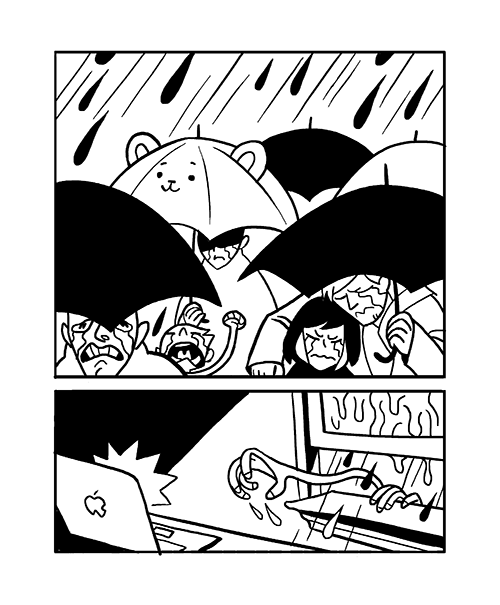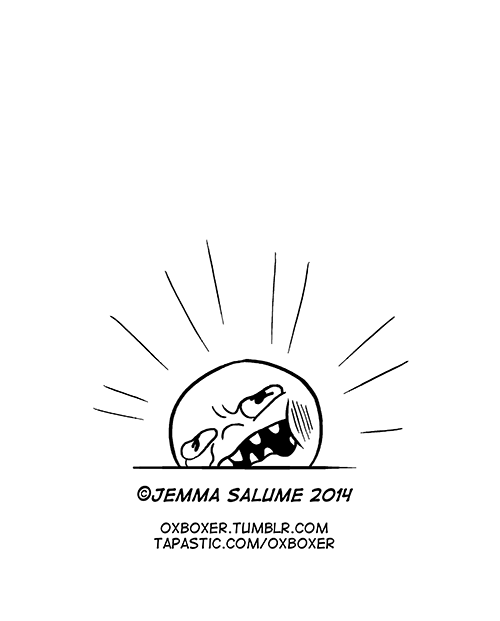Blond and midwestern cheerful, Kathryn Edin could be a cruise director, except that instead of showing off the lido deck, she's pointing out where the sex traffickers live off a run-down strip of East Camden, New Jersey. Her blue eyes sparkle as she highlights neighborhood landmarks: the scene of a hostage standoff where police shot a man after he'd murdered a couple in their home and abducted their four-year-old; the front yard where a guy was gunned down after trying to settle a dispute between his son and two other teens.
Edin, 51, talks to every stranger we pass. She chirps hello to some guys working on a car jacked up in their front yard, some dudes selling pot, and a little girl driving a pink plastic jeep on the sidewalk. Most of them look at her like she's from another planet—which in a way, she is.
A sociologist at Johns Hopkins University, Edin is one of the nation's preeminent poverty researchers. She has spent much of the past several decades studying some of the country's most dangerous, impoverished neighborhoods. But unlike academics who draw conclusions about poverty from the ivory tower, Edin has gotten up close and personal with the people she studies—and in the process has shattered many myths about the poor, rocking sociology and public-policy circles.
10 Poverty Myths, Busted
1. Absent dads are the problem. Sixty percent of low-income dads see at least one of their children daily.
2. Single moms are the problem. Only 9 percent of low-income, urban moms have been single throughout their child's first five years.
3. Handouts are bankrupting us. In 2012, total welfare funding was 0.47 percent of the federal budget.
Read the rest
For three years Edin lived with her family in a studio apartment smack in between the two crime scenes we just passed and a few blocks from one of the city's largest and most notorious public housing projects. Here she spent years doing intensive fieldwork for her latest book, coauthored with husband and Johns Hopkins colleague Tim Nelson, on low-income, unwed fathers. Doing the Best I Can: Fatherhood in the Inner City is a complicated portrait of a group of people all but ignored by statistics-driven social-science research—in large part because there's little ready-made data about them.
Disconnected from a welfare system that historically has helped researchers track single moms, these men are also often untethered from traditional institutions such as schools and churches. The places where you can find clusters of them—prisons and drug rehab programs—give you a skewed sample. And there's a more basic problem, well documented in research: When sociologists ask whether they have kids, some men don't know—or lie.
To get around these issues, Edin spent years getting to know low-income fathers, drawing them out to talk about their love lives and use of birth control, their reaction to pregnancies, and other intimate details. The result goes beyond the welfare-queen-style anecdotes that drive headlines and policy discussions, and instead gleans truth from ordinary experiences.
"Conventional wisdom is that the moms are the only ones who care about the kids and the dads want to flee responsibility," Edin says. But she and Nelson found that the reviled "absentee father" isn't quite so absent, nor does he want to be, and that whether he's a deadbeat depends a lot on which of his kids you're talking about.
Sociologist William Julius Wilson, one of the nation's foremost chroniclers of inner-city poverty, heralds Edin's work as groundbreaking. "I do research in those neighborhoods, and I found those stories quite revealing," he says. "She uncovered things I hadn't even thought about. I thought there would be some apprehension or concern that [the men] got a girl pregnant, but these guys were happy that they'd fathered a child. A child represented a life preserver for some of these guys."
In the book, Edin and Nelson take as a starting point the public freak-out about the rise in unwed parenthood, a problem first highlighted by Sen. Daniel Patrick Moynihan (D-N.Y.) back in 1965 with the infamous report "The Negro Family: The Case for National Action." Then an assistant labor secretary in the Johnson administration, Moynihan warned that the black family was on the verge of a "complete breakdown"—at the time, 1 in 5 black children was born out of wedlock. Today, it's more than 1 in 3.
Unwed black fathers continue to be singled out for special scorn by everyone from conservative gadfly Gary Bauer (who blames them for crime among NFL players) to President Obama, who in 2008 told black churchgoers in Chicago that "what makes you a man is not the ability to have a child" and pledged to address the "national epidemic of absentee fathers."
Over the past two decades, such views helped unleash a torrent of punitive policies aimed at raising the cost of unwed fatherhood. Yet the share of those having kids out of wedlock has continued to soar. In 1990, 28 percent of American births were to unmarried women. Today, it's a record 41 percent, with much of the increase coming among low-income whites. More than a third of all children with single mothers live below the poverty line, four times the rate of those with married parents.
Conservatives have blamed the shift on cultural decay, immorality, and welfare benefits. Liberals have flagged the disappearance of well-paying manufacturing jobs. But when Edin started her research, it was clear that none of these explanations told the whole story. The disappearance of marriage was a true social-science mystery.
So she and Nelson decided to embed with their subjects. In 1995, while teaching at Rutgers University, Edin, Nelson, and their three-year-old daughter moved into a studio apartment near 36th and Westfield in Camden, one of the poorest cities in America. It was the beginning of two years of intensive fieldwork, followed by another five years of interviewing—or, as Edin puts it, "a rich opportunity for learning. Some social scientists will rent an office building and bring people in and interview them. But experiencing what other people are experiencing while you're studying them is just critical."
Once a thriving industrial center, home of RCA Victor and the Campbell Soup Company, Camden saw decades of white flight as the manufacturing sector disappeared. By 2000, five years after Edin arrived, 53 percent of Camden's residents were black, 39 percent were Hispanic, and 36 percent lived below the poverty line. The year she moved in was the city's bloodiest on record, with 58 murders among 86,000 residents.
About a block away from the blue clapboard Victorian where Edin lived is the former Presbyterian church where she taught Sunday school—one of the ways she got to know people in the community, along with volunteering at an after-school program. On the warm fall day I visited, the voice of a holy roller bellowing at his flock rang clear across the street.
Teaching Sunday school wasn't just a research ploy. Edin hails from rural Minnesota, where she "grew up in the back of the van" that her mother drove for a Swedish Lutheran church. She worked there with needy families whose kids often cycled in and out of jail and foster care. "The religious tradition I came up in was very focused on social justice," Edin says, citing Micah 6:8 ("To act justly and to love mercy and to walk humbly with your God").

White's daughter Janasia plays in front of Urban Promise, the nonprofit where her dad met Edin as a teen.
She attended North Park University, a small Christian college in Chicago with a social-justice focus. There, she took extra-credit assignments working in the notorious Cabrini-Green public housing project. In her free time she did things like watch Brother Sun, Sister Moon, Franco Zeffirelli's film about St. Francis of Assisi, and walk around campus barefoot in the winter to emulate the saint.
Sunday school in Camden was different. One day, Edin recalls, she drew on a common evangelical trope, asking the kids what one thing they would save if their house were on fire. The answer is supposed to be "the Bible," but for these kids the question was not a hypothetical. Most of the kids had actually been in that situation and could tell her exactly what they took. (Sometimes it was the Bible.)
Tragedy was endemic to her small class. In the space of a month, the fathers of two of the five students were killed in gun violence. Trauma made the kids "very vigilant," she says. "They notice everything about you." Some of their comments yielded unexpected insights for her research on low-income women's attitudes toward marriage, which they tended to view as hard work more than a source of pleasure. "One girl said to me, 'You white women are really into your husbands,'" she says with a laugh. "Watching people respond to you reveals a lot."
Not long after she and Nelson moved in, a teenager avoiding pursuers jumped through an open bathroom window, then raced out their front door. She recalls the time she put her baby's empty car seat down in the front yard while unloading groceries. When she turned around, it was gone. She ran down the street to a garage that served as the neighborhood's unofficial flea market, and found it already for sale.
Edin says her willingness to put up with the same routine annoyances as her neighbors helped persuade them to open up. "Lots of people said, 'We know you're the real thing. You're not here just to study us, because you live here, too.'"
She had some other things working in her favor, namely her family—which, in a way, was also a product of her research. In 1992, she was studying residents of a public housing project in Charleston, South Carolina, and volunteering at a food bank, where she befriended an African American woman who lived with her children in a tarp-covered shack with no running water. The woman asked Edin and Nelson to adopt her youngest child; they were about to go through with it when the child's father stepped in to take custody. The wrenching loss inspired Edin and Nelson to formally pursue adopting.
They were incensed by ads in the local paper from white couples looking for a white baby. So they placed their own, reading, "white couple looking to adopt your black or biracial child." The newspaper told Edin the text was illegal because it mentioned race, but eventually published it anyway. They received four calls within an hour and soon adopted a baby; their second child came via the New Jersey foster care system.
Raising young children in Camden, where nearly 75 percent of kids are born out of wedlock, proved to be a sociological study in itself. One day, she was out doing fieldwork when she spotted her three-year-old crossing Route 130, a major highway, trailing behind her teenage babysitters without anyone holding her hand. "It's just an expectation of maturity that middle-class parents do not expect their kids to have," she says. "When you're poor and you're a single mom, you have to raise your kids to be tougher and more savvy sooner."
Edin came of age at a time when the country was engaged in a heated debate about whether the government should provide cash benefits to help single mothers and their children. Ronald Reagan had helped set the stage with his attacks on the "welfare queen," and writers like conservative Charles Murray and liberal Mickey Kaus insisted that benefits made women lazy and encouraged them to have babies out of wedlock. Kaus and Murray didn't base their arguments on any significant fieldwork. Murray went so far as to create a fictional couple to illustrate his argument. But their conclusions were shaping public policy nonetheless.
Edin stepped into this fight in the late 1980s while working on her master's degree at Northwestern University. Sociologist Christopher Jencks had hired her to reinterview some of his subjects in a study on welfare. She'd been moonlighting by teaching college courses to welfare recipients, and one day Jencks asked what she was learning from her students. "Everyone cheats," she said. Jencks perked up and said, "Can you prove it?"
Edin spent the next six years taking a deep dive into welfare home economics, pestering poor mothers in Chicago, Boston, San Antonio, and Charleston about how they managed to survive on benefits that averaged $370 a month. In 1997, she published her findings in a book called Making Ends Meet: How Single Mothers Survive Welfare and Low-Wage Work. It came on the heels of the Clinton-era welfare reform that overhauled the entitlement system to force single mothers into the workplace.
But Edin documented that most moms on welfare were already working under the table or in the underground economy, and that lovers, friends, family, and the fathers of their children were pitching in to help. They didn't get legal jobs because of a straightforward economic calculus: Low wages drained by child care, transportation, and other expenses would have left them poorer than they were on welfare.
In a foreword to the book, Jencks notes that this simple math had been kept out of the political debate for years, as conservatives refused to admit that welfare benefits couldn't support a family, and liberals were reluctant to acknowledge the extent of the deceptions. Edin's work forced that discussion out into the open. "I don't think we realize how difficult it is for low-income families living on minimum wage or less than minimum wage to survive," says William Julius Wilson. "That's why that book was so important—it documented what we should have known."
Continue Reading »










































































 If only there was a way to collect interest on your reservations, this would be a perfect banking solution. I wonder if GameStop accepts bitcoins? And if so, what about dogecoins?
If only there was a way to collect interest on your reservations, this would be a perfect banking solution. I wonder if GameStop accepts bitcoins? And if so, what about dogecoins?


